When it comes to illuminating roadways and sidewalks, it is essential to properly space light poles to achieve uniform distribution of light.
Several factors, such as the presence of obstructions like trees or billboards, need to be considered.

Height of Light Poles
For sidewalks and bike facilities, standard poles range from 4.5 to 6 meters in height. However, the height of light poles for roadbeds depends on the street typology and land use.
In most cases, narrow streets in residential, commercial, or historical areas have standard heights between 8 and 10 meters. Wider streets in commercial or industrial zones typically require taller poles, ranging from 10 to 12 meters.
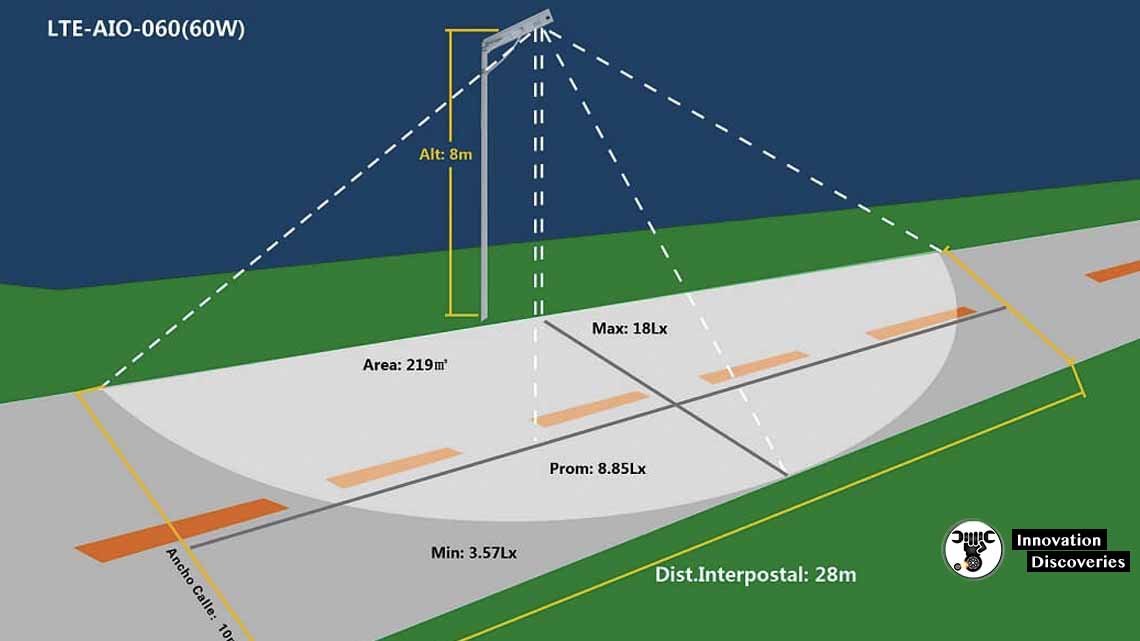
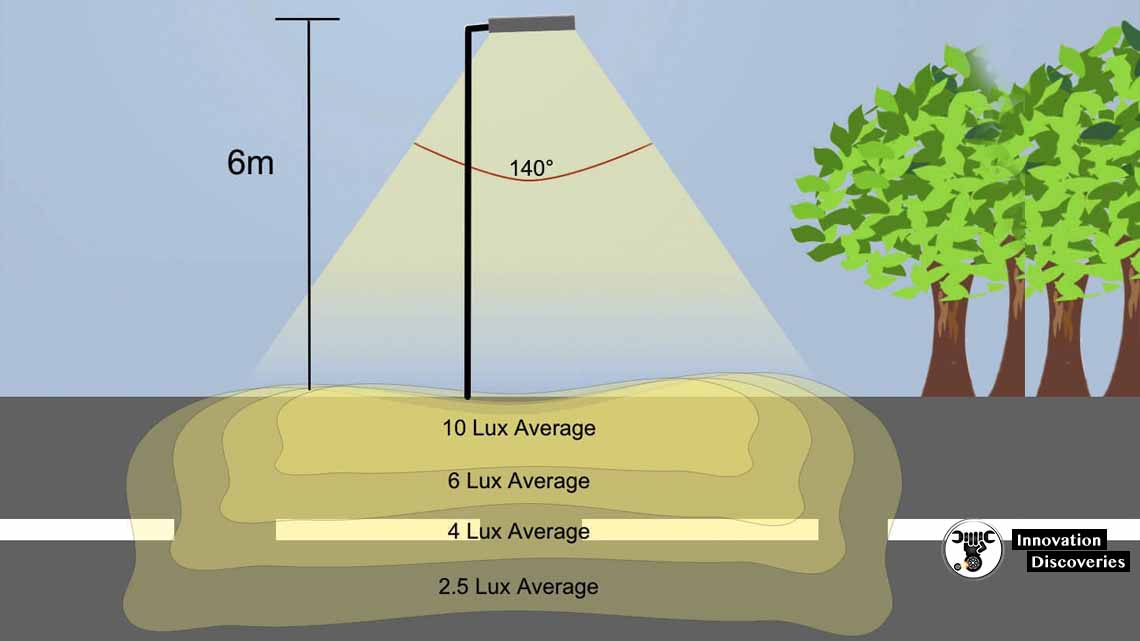
Spacing
The spacing between two light poles should be approximately 2.5 to 3 times the height of the pole. Shorter light poles should be installed at closer intervals.
The ideal height and spacing depend on factors like density, speed of travel, and the type of light source along the corridor.
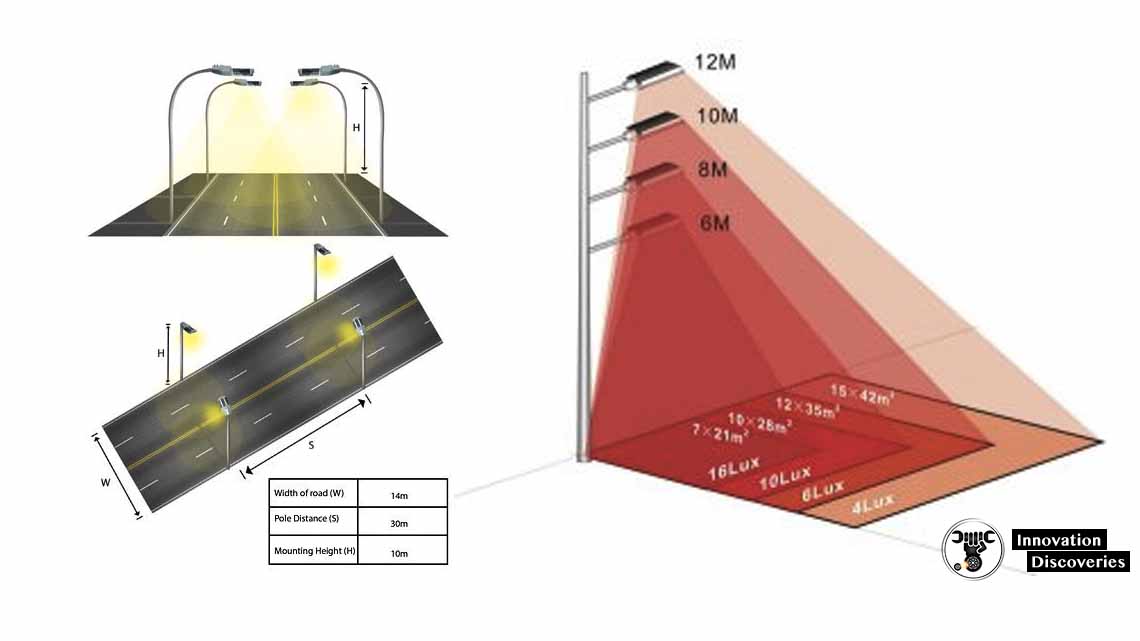
Light Cone
The light cone, which represents the illuminated area, has a diameter roughly equal to the height of the fixture from the ground.
Consequently, the height of the pole determines the maximum suggested distance between two light poles to avoid dark areas.
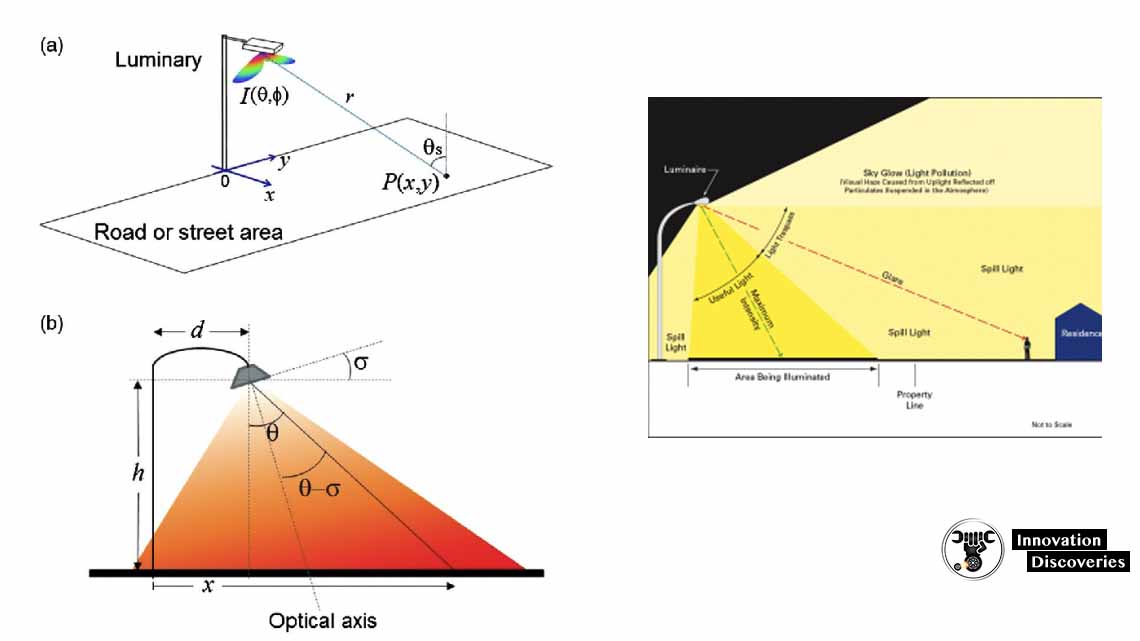
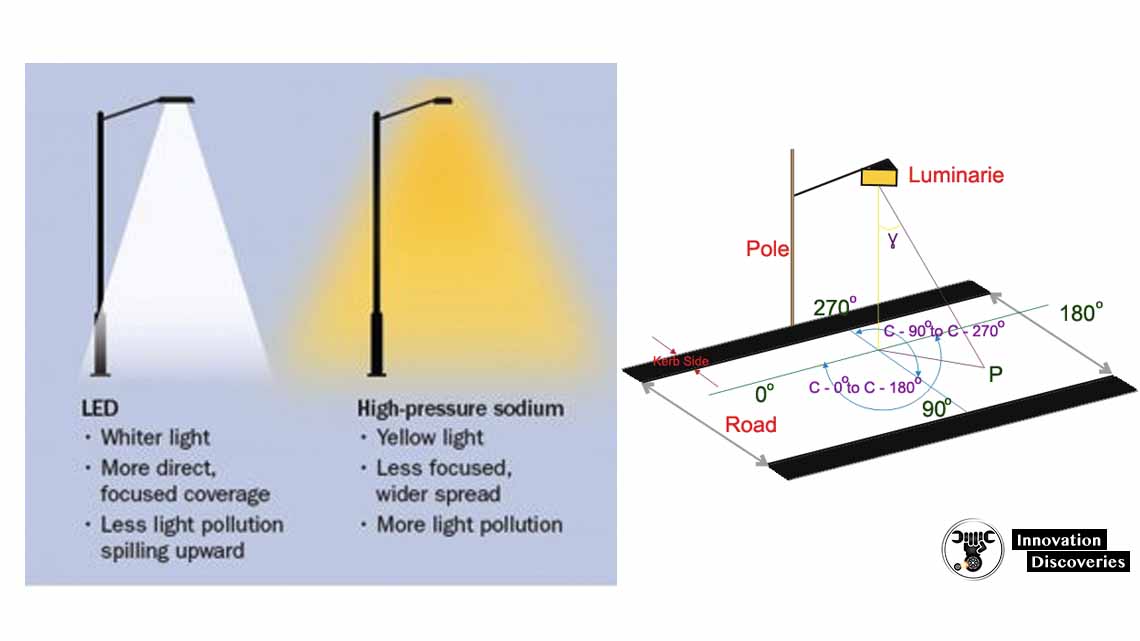
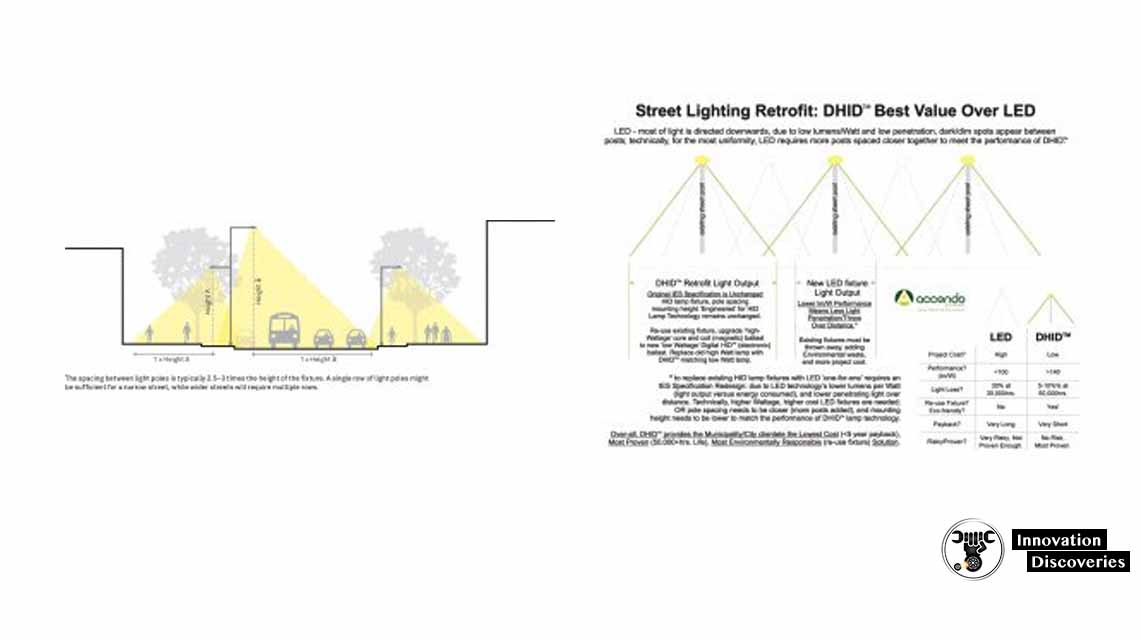
1- Calculate Distance between each Street Light Pole
Example
Calculate Distance between each streetlight pole having the following Details
- Road Details: The width of the road is 11.5 Feet.
- Pole Details: The height of the Pole is 26.5 Feet.
- Luminaire of each Pole: Wattage of Luminaries is 250 Watt, Lamp OutPut (LL) is 33200 Lumen, Required Lux Level (Eh) is 5 Lux, Coefficient of Utilization Factor (Cu) is 0.18, Lamp Lumen Depreciation Factor (LLD) is 0.8, Lamp Lumen Depreciation Factor (LLD) is 0.9.
- Space Height Ratio should be less than 3.
Calculation
- Spacing between each Pole=(LL*CU*LLD*LDD) / Eh*W
- Spacing between each Pole=(33200×0.18×0.8×0.9) / (5×11.5)
- Spacing between each Pole= 75 Foot.
- Space Height Ratio = Distance between Pole / Road width
- Space Height Ratio = 3. Which is less than define value. Spacing between each Pole is 75 Feet.
2- Calculate Street Light Luminaire Watt
Example
Calculate Streetlight Watt of each Luminaire of Street Light Pole having following Details,
- Road Details: The width of the road is 7 Meters. The distance between each Pole (D) is 50 Meters.
- Required Illumination Level for Street Light (L) is 6.46 Lux per Square Meter. Luminous efficacy is 24 Lumen/Watt.
- Maintenance Factor (mf) 0.29, Coefficient of Utilization Factor (Cu) is 0.9.
Calculation:
- Average Lumen of Lamp (Al) = 8663 Lumen.
- Average Lumen of Lamp (Al) =(LxWxD) / (mfxcu)
- Average Lumen of Lamp (Al)= (6.46x7x50) / (0.29×0.9)
- Average Lumen of Lamp (Al)=8663 Lumen.
- Watt of Each Street Light Luminar = Average Lumen of Lamp / Luminous efficacy
- Watt of Each Street Light Laminar = 8663 / 24
- Watt of Each Street Light Luminaire = 361 Watt
3- Calculate Required Power for Street Light Area
Example
Calculate Streetlight Watt of following Street Light Area,
- Required Illumination Level for Street Light (L) is 6 Lux per Square Meter.
- Luminous efficacy (En) is 20 Lumen per Watt.
- Required Street Light Area to be illuminated (A) is 1 Square Meter.
Calculation:
- Required Streetlight Watt = (Lux per Sq.Meter X Surface Area of Street Light) / Lumen per Watt.
- Required Streetlight Watt = (6 X 1) / 20.
- Required Streetlight Watt = 0.3 watts per Square Meter.
All rights go to engineering discoveries
See More:
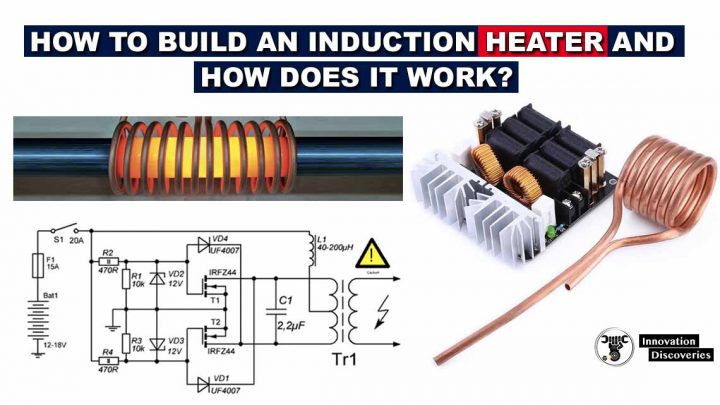
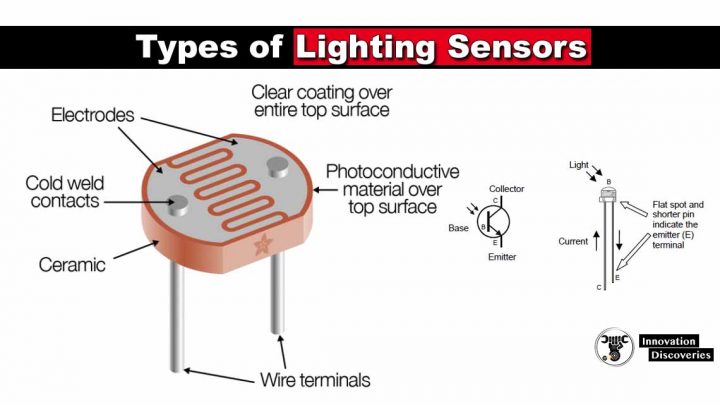
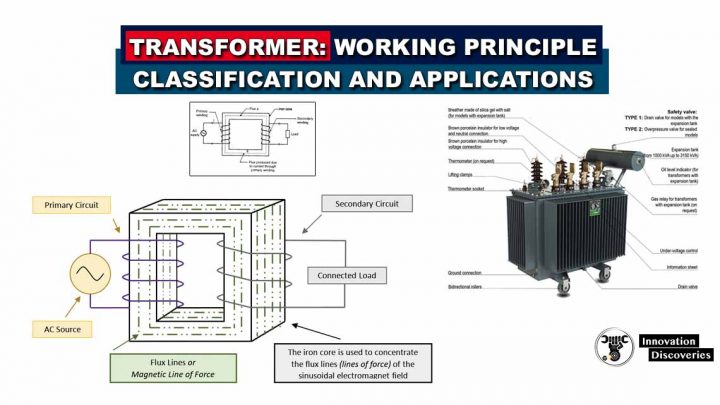


2 Comments